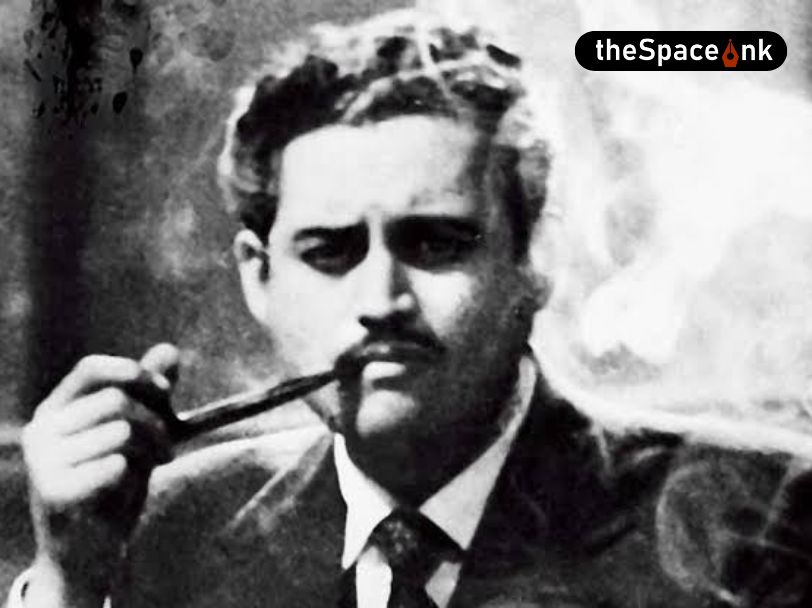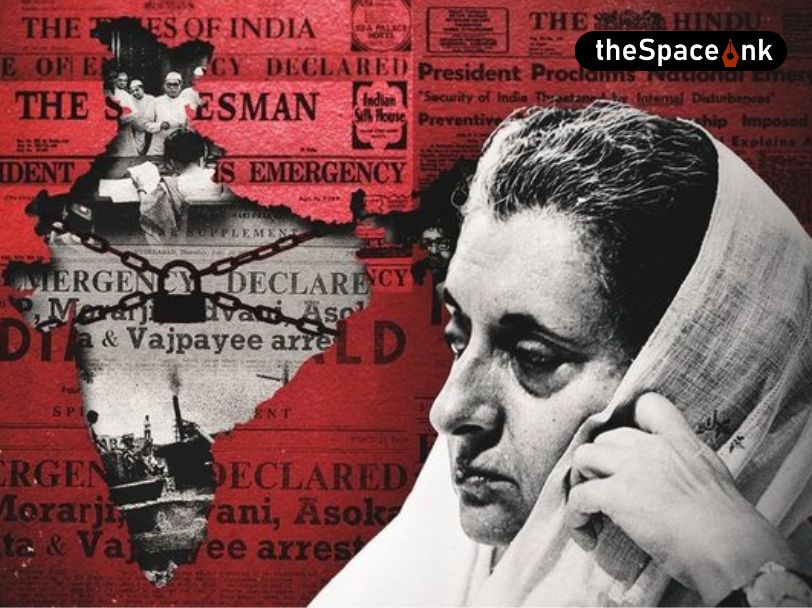“This victory implies the victory of maa mati manush. Ei jay maa mati manusher jay!”
Mamata Banerjee repeats this every time she, or rather the party she helms, the All India Trinamool Congress Party, wins an electoral battle. This has been the norm since 2009. Over the years, the expression ‘Maa Mati Manush’ has acquired mythical proportions. Now it is synonymous to the public face of the party. In lieu of an official slogan, the Chief Minister of West Bengal prefers using it; so do her followers. It started as a war cry of sorts. She used it like the Communists used the slogan Inquilab Zindabad. She even wrote a book titled Maa Mati Manush and it went on to become a bestseller.
All the elections – before the redoubtable Prashant Kishore was roped in and entrusted with the task of refashioning the party brand – were fought with the expression ‘Maa Mati Manush’ hogging the centrestage. So much so that people started referring to the government led by Mamata Banerjee as ‘Maa Mati Manusher sarkar’, i.e the ‘Government of Maa Mati Manush’. People also sometimes refer to her party as ‘Maa Mati Manusher party’.
Social scientists and linguists are far more qualified to comment on the wider ramifications of this coinage, and its effect on the people of West Bengal at large. As a cultural commentator, I can assist them by putting things in proper perspective, by digging out the source of the coinage.
Source of the Coinage
At this, many would jump the gun and proclaim, “We know it.” Frankly, there must be several million people who know that ‘Maa Mati Manush’ happens to be the name of a Jatra that ran successfully during the 1974-75 season. Several millions saw it. A few millions still live on. Produced by Natta Company – a leading Jatra troupe with its origins in Barishal – Maa Mati Manush was written by Bhairab Gangopadhyay, and directed by Arun Dasgupta. It ran for more than one season and travelled to all parts of West Bengal, and the Bengali-dominated regions of Assam and Tripura. Such was the commercial viability of the production that Megaphone Record published its audio version as a double LP set. It was released in 1976, two years after the Jatra premiered. It was the first double LP set of any Jatra for that matter, and the last one too, for your record.

Let this also be noted that the dust jacket of the LP set carried two comments. They carried a certain weightage, of course. The first was by Subrata Mukherjee – a junior minister in the Congress government led by Siddhartha Shankar Ray; and the second by Priya Ranjan Dasmunsi – the indisputable leader of the youth wing of Congress in this state. Both comments (in Bengali) expressed unequivocal support for the production. Not only did they wish every success for Maa Mati Manush, but also conveyed the rationale behind their liking. Priya, for instance, wrote – “Maa Mati Manush has generated a new sense of patriotism among innumerable people of this country.” He also hailed the call for building a new nation encapsulated in the Jatra; a nation that foregrounds the image of Mother India and celebrates the motherland.

Took them by Storm
Mamata Banerjee who was born in 1955 was in her late-teens – the most impressionable age – when Maa Mati Manush premiered. I never really had the opportunity of asking her whether she had seen it at all, or how much she liked it, and what motivated her to refer to it during the preparations for the 2009 Lok Sabha Elections, to be precise. She was then riding merrily upon the success of her movement against ‘forceful’ land acquisition, first in Singur and then at Nandigram. With a tacit backing from the civil society and other fringe political elements, Mamata was reaping dividends of a successful resistance movement. ‘Mati’, the soil, was very much the ground beneath her feet. ‘Manush’ the populace, have always been her strength – through thick and thin.
And for the first time in her career as a politician, she attached a tender motherly touch to the people who supported her politics. If I remember correctly, she liked to explain the slogan in her television interviews those days. She was pretty candid about it. And every time I listened to that explanation, I felt she was knocking the door of our collective unconscious with one catalyst – the 1974 Jatra, Maa Mati Manush.

At times her explanations came straight out of the theme song of the Jatra – “Maa amaar, mati amaar, amaar manush re / E desh sonar, mati sonar, sonar manush re.” The vision of ‘Sonar Bangla’ was ingrained in this hugely popular song composed by Bhairab Gangopadhyay, set to tune by Manabendra Mukhopadhyay, and rendered by Khokan Biswas. In the run-up to the recently concluded Assembly elections, Narendra Modi was seen peddling the concept of ‘Sonar Bangla’. Mamata was at least a dozen years ahead of him.

The Jatra
Now, back to Maa Mati Manush, the Jatra. Let me paint a brief backdrop to it for the curious. Jatra, the most popular traditional theatre form in West Bengal, was going through a purple patch in the 1970s. It recovered the patronage largely – though in a hugely altered form – and was keen to connect with the contemporary social milieu. In 1973, the Congress government introduced a state-sponsored Jatra Utsav in Rabindra Sadan, thereby nullifying the hitherto elitist bias against this rural performance art form. With more and more exchanges happening between Jatra and proscenium theatre practice in downtown Calcutta, Jatra was at its innovative high.
Mamata was then riding merrily upon the success of her movement against ‘forceful’ land acquisition, first in Singur and then at Nandigram. With a tacit backing from the civil society and other fringe political elements, Mamata was reaping dividends of a successful resistance movement. ‘Mati’, the soil, was very much the ground beneath her feet. ‘Manush’ the populace, have always been her strength – through thick and thin.
It was at this crucial juncture that Bhairab Gangopadhyay offered his pala to Makhanlal Natta, the proprietor of Natta Company. Makhanlal listened to it alongside Arun Dasgupta, his leading man, and they were floored by Bhairab’s reading. Why? It was not an out-and-out political drama like the ones penned by Utpal Dutt or Sambhu Bag. Its politics stemmed from its rootedness in agrarian West Bengal of the time. In the mid-1970s, the state was awaiting a Green Revolution, however late it might be. With the government arranging a better irrigation system and offering handsome subsidies and loans for the farmers, the man behind the plough was poised for a better future.
Maa Mati Manush intervened at this point. It pointed out the unholy nexus between the local ‘president’, the police, and the public servants, and hinted at a people’s resistance. The setting – a village named Gouripur – is an idyllic place controlled by one Mahim Ganguly, the president of a local body that gained prominence ever since the Zamindari system was abolished. This man, with a business interest in Calcutta and a knack for silencing his opposition, faces a challenge from one Shibu Thakur alias Shibnath Banerjee who wants better implementation of the state welfare schemes.
Though an illiterate, he supports his younger brother’s higher education and expects that the brother would happily settle in his native village and dedicate his life to teaching the locals. He motivates the villagers to become involved directly with the rural reconstruction process, irrespective of state intervention. Mahim tries every trick to frustrate Shibu’s plans. He lures the younger brother to the city of Calcutta – an antithesis to the pastoral world – and spoils him altogether. However, his own sister – an M.A. from the University of Calcutta – discovers her true mission in Gouripur and starts a night school for the adults. With the newly appointed local block development officer by his side, Shibu Thakur manages to stem the tide and the drama ends on a happy note.

Thus, Maa Mati Manush – with an eye to the Gandhian notion of ‘Gram Swaraj’ and proliferation of elementary education, and another fixed at better utilization of social welfare schemes – hit the jackpot and ran successfully along with Nati Binodini – the biggest grosser of the decade. It offered a critique of the industrial model of development. It tickled popular sentiments against urban excesses as perceived by the rural populace. It also celebrated traditional art forms like ‘Behular Bhasan’ and ‘Kabi Gaan’. In a nutshell, Maa Mati Manush offered an alternative vision of development with proper implementation of agricultural reforms at its centre.
It stayed on in popular imagination ever since. The script was published within a few years and resulted in hundreds of emulations of the original Jatra – all over West Bengal. In fact, it still runs – sporadically.
The Left Front government’s late push for industrial reforms and Mamata’s resistance on grounds of forcible acquisition of agricultural land paved for its renewal.
And Mamata, the seasoned politician, came out with a masterful reconstruction of the Maa Mati Manush myth. The rest, as they say, is history.
Image courtesy: Anshuman Bhowmick
Anshuman Bhowmick is a cultural commentator based in Calcutta aka Kolkata. Among many other things, he reviews theatre for a leading English daily and a prominent Bengali periodical and represents Bengali theatre in national and international forums. A widely travelled man equally at home in West Bengal and Bangladesh, Anshuman is curious about everything related to Bengal - past, present and future.







